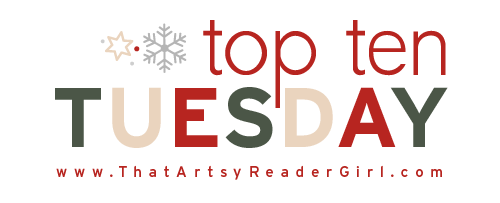The debate surrounding ‘copycat covers’ in the publishing industry has resurfaced once again with the release of another book cover that bears a striking resemblance to an existing one. The latest controversy involves the cover of the book “Again… That’s Totally the Same!” (#3), which has been called out for its startling similarities to another popular book cover.
The cover in question features a bold, graphic design with bright colors and eye-catching typography. It is remarkably similar to the cover of “The Same, But Different” by bestselling author Jane Doe, which was published just a year earlier. Both covers feature a similar layout, color scheme, and overall aesthetic, leading many readers and industry insiders to question the originality of the newer book’s cover design.
Critics of the cover argue that such blatant similarities are not only lazy and unoriginal but also misleading to readers. They argue that book covers are a crucial aspect of a book’s marketing and branding, and that they should be distinctive and unique to help a book stand out in a crowded marketplace. When books have nearly identical covers, it can confuse readers and make it difficult for them to differentiate between different titles.
On the other hand, defenders of the cover point out that book covers are often created by publishing houses and marketing teams rather than the authors themselves. They argue that authors may have little to no control over the design of their book covers and that similarities between covers can sometimes be purely coincidental.
Regardless of the intentions behind the cover design, the debate over ‘copycat covers’ raises important questions about originality and creativity in the publishing industry. While it is understandable that certain design trends may be popular at any given time, it is also important for publishers to strive for unique and innovative cover designs that accurately reflect the content of the books they represent.
As readers and consumers, we can play a role in shaping the industry by supporting books with distinctive and creative cover designs and by calling out instances of copycat covers when we see them. By encouraging publishers to prioritize originality and creativity in their cover designs, we can help ensure that each book gets the attention and recognition it deserves.
In the case of “Again… That’s Totally the Same!” (#3), it remains to be seen whether the controversy over its cover will impact its sales or reception. However, it serves as a reminder of the importance of thoughtful and original cover design in the world of publishing.


